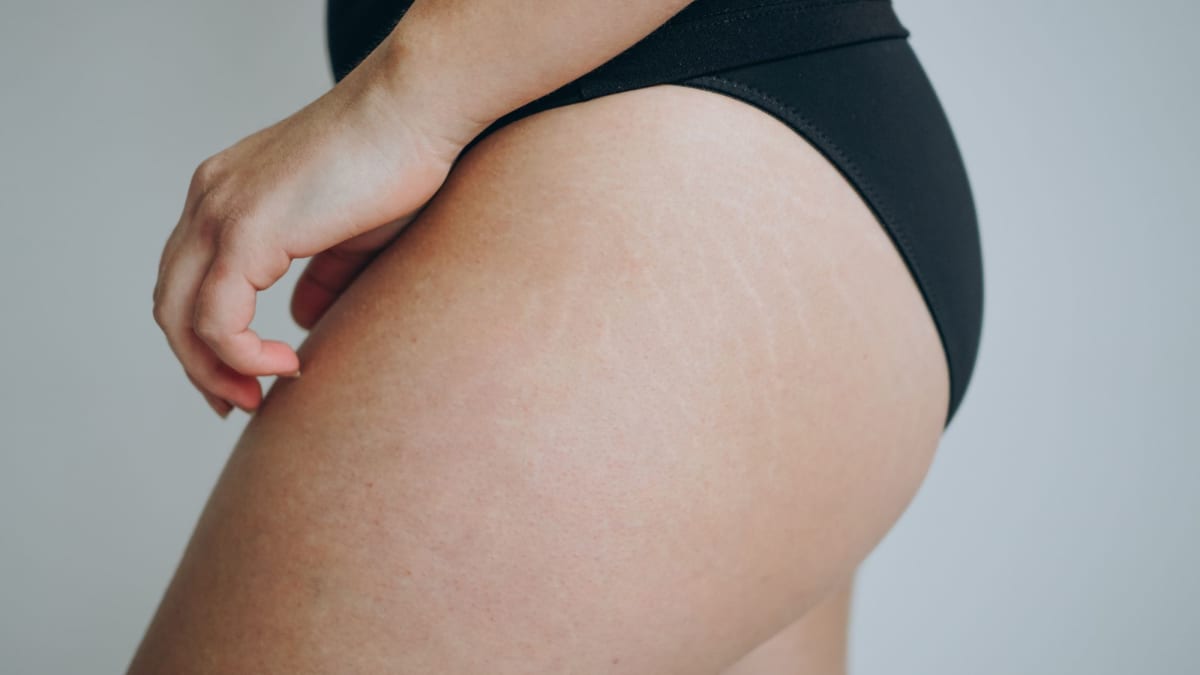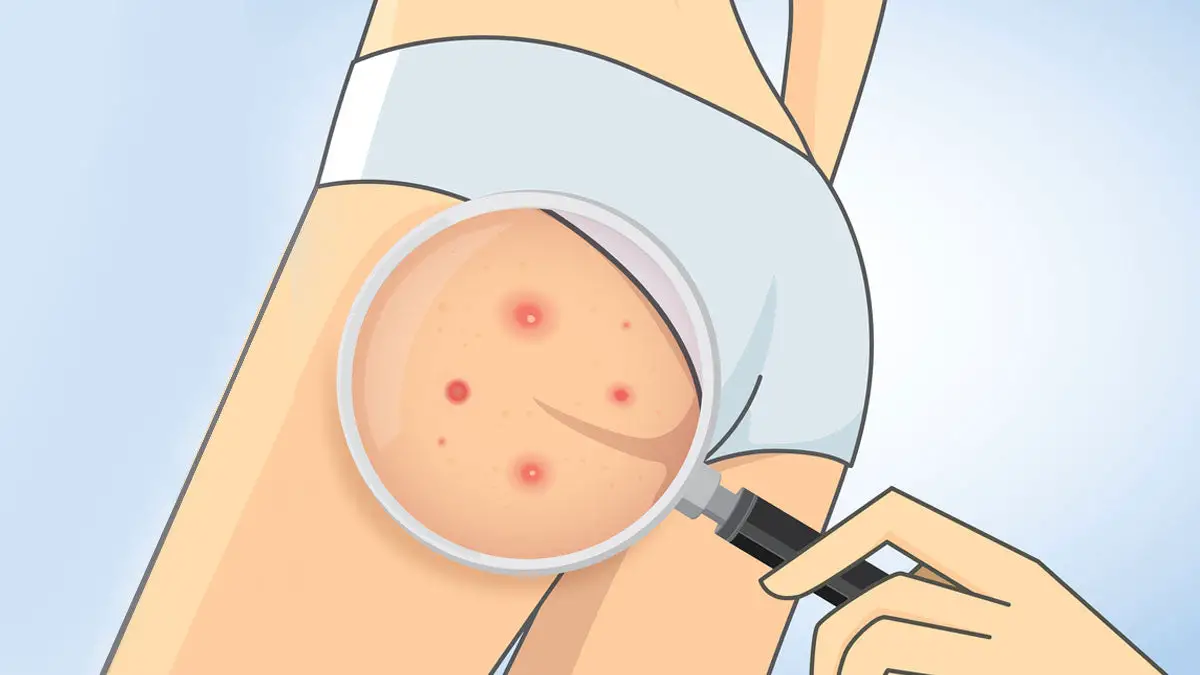KP Skincare for Different Body Types: A Beautician's Guide
As a beautician, understanding the nuances of skincare for various body types is crucial, especially when it comes to addressing keratosis pilaris (KP). This common skin condition can be challenging to manage, but with the right approach, you can help your clients achieve smoother and healthier skin. In this guide, we'll dive deep into KP skincare for different body types, exploring tailored strategies and effective treatments.

Understanding Keratosis Pilaris
Keratosis pilaris is a harmless skin condition characterized by small, rough bumps on the skin, often referred to as 'chicken skin'. It usually appears on the upper arms, thighs, and buttocks. While it's not medically serious, it can be a cosmetic concern for many clients seeking beautician services. According to the Wikipedia, KP is caused by a buildup of keratin, a protein that protects skin from infections and other harmful things. This buildup forms a plug that blocks the opening of a hair follicle.
Why Body Type Matters in KP Skincare
Every client's skin is unique, and factors such as body type can influence how KP manifests and responds to treatment. For instance, individuals with dry skin may experience more pronounced KP, while those with oily skin might have different challenges. Understanding these nuances allows beauticians to customize their approach, ensuring optimal results.
Tailoring KP Skincare to Different Body Types
For Clients with Dry Skin
Clients with dry skin often find KP more noticeable due to the lack of moisture, which can exacerbate the rough texture. For these individuals, it's essential to focus on hydration and gentle exfoliation. Recommend moisturizing products rich in lactic acid or urea, which help to soften the keratin plugs and improve skin texture. Additionally, suggest using a humidifier to add moisture to the air, especially during colder months.
For Clients with Oily Skin
While KP is less common in individuals with oily skin, it can still occur. In these cases, the focus should be on balancing oil production while gently exfoliating the skin. Advise clients to use lightweight, non-comedogenic moisturizers and exfoliants containing salicylic acid. This helps to keep the pores clear and reduce the appearance of bumps.
For Sensitive Skin Types
Clients with sensitive skin require a cautious approach to KP skincare. Avoid harsh scrubs or chemical exfoliants that can irritate the skin. Instead, recommend gentle exfoliation using products with natural ingredients like oatmeal or chamomile. It's also important to patch-test any new products to prevent adverse reactions.
Recommended KP Skincare Routine
A consistent skincare routine is key to managing KP effectively. Here's a general routine you can suggest to your clients:
- Exfoliation: Encourage regular exfoliation, but no more than twice a week, to prevent irritation. Use gentle scrubs or chemical exfoliants suitable for their skin type.
- Moisturization: Daily moisturizing is crucial. Recommend products with ingredients like ceramides and glycerin to lock in moisture.
- Sun Protection: Advise the use of broad-spectrum sunscreen daily, as sun damage can worsen KP.
Additional Resources for Beauticians
Staying informed about the latest in skincare is essential for providing the best service. Explore more about the connection between gut health and KP to better understand the holistic approach to skincare. Additionally, check out skincare products for men with KP, as male clients may have unique skincare needs.

FAQs on KP Skincare
What is the best treatment for KP?
The best treatment varies depending on the individual's skin type and severity of KP. However, regular exfoliation and moisturization are generally effective.
Can diet affect KP?
Yes, diet can influence skin health. A balanced diet with essential nutrients can help improve skin texture and may reduce KP symptoms.
Is KP contagious?
No, KP is not contagious. It is a genetic condition that cannot be spread from person to person. For more information, visit this KP information page.

